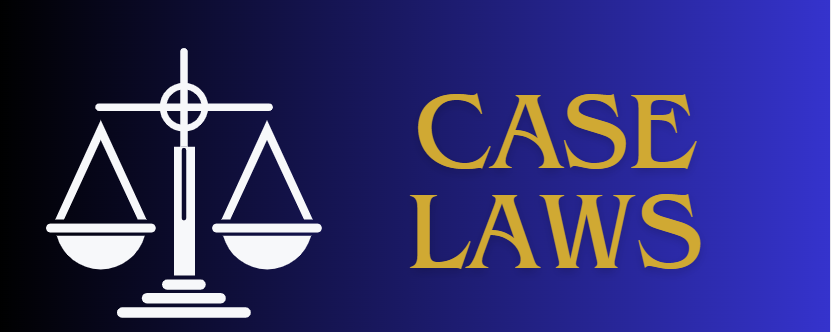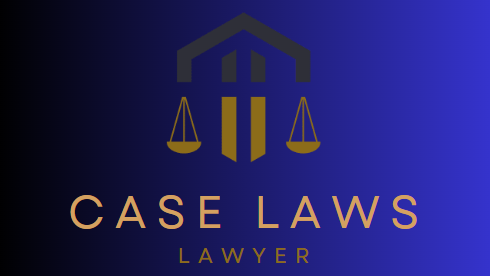2023 PCrLJ 93
For the purpose of summoning accused in the complaint, law requires availability of sufficient ground as provided under Section: 204 Cr.P.C.
2023 PCrLJ 93
By now it is well settled that feeling dissatisfied by the registration of case and/or investigation conducted by the police, aggrieved person can file complaint and even against those persons, who were not nominated as accused in the first information report registered by the police regarding the same occurrence; complaint can be filed against different set of accused persons with different set of witnesses as well as with different mode of occurrence as compared to state/challan case but said difference cannot be considered as a bar for entertaining the complaint or proceeding with the same and due to said difference, complaint cannot be dismissed. For issuance of process for the purpose of summoning the accused in the complaint, law only requires availability of “sufficient ground” as provided under Section: 204 Cr.P.C. and not the “reasonable ground”. Term “sufficient ground” for “proceeding” against the accused person in complaint mentioned in Section: 204 Cr.P.C. cannot be equated with term “reasonable ground” for “believing” against the accused that he has been guilty of the offence within the contemplation of Section: 497 (1) Cr.P.C
2023 PCrLJ 93
At the time of summoning the accused, material available on record is not assessed in depth i.e. its relevance is seen and not the admissibility or evidentiary value, which was to be established at regular trial. In simple words, there is marked distinction as to the approach regarding appraisal of material on record i.e. averments made in the complaint and statements of complainant and witnesses recorded during preliminary inquiry for determining as to whether process to be issued against the accused or not in the complaint and at the regular hearing/trial of criminal case leading to determination of the guilt or innocence of the accused. So, when Court is satisfied with the material placed before it in the shape of complaint, documents annexed with complaint and statements of complainant and witnesses, then process can be issued for summoning the accused for facing trial. In this case, complainant filed the complaint being eyewitness of the occurrence, got recorded his cursory statement as CW-1 before learned trial court and then said complaint was sent for inquiry under Section 202 Cr.P.C. before learned Area Magistrate, Chunian, who conducted inquiry, recorded statements of two other eyewitnesses as CW-2 and CW-3 and then submitted his inquiry report under Section: 202 Cr.P.C. while clearly mentioning in the same that in his considered opinion after going through the record, all the oral as well as documentary evidence of the complainant, offences under Sections: 302, 148, 149 PPC are made out. Hence, in the light of cursory statements of CWs including the complainant as well as documents produced by the complainant including postmortem report and aforementioned inquiry report, sufficient ground was available on record for proceeding, therefore, learned trial court rightly found that case against the accused persons has been prima-facie made out and summoned them for facing the trial. Needless to add that during trial of the case, accused persons would have every opportunity for cross-examining the complainant and other witnesses, bringing their oral as well as documentary version on the record and to falsify the allegations mentioned in the complaint, they would have also opportunity to produce evidence in their defence as well






0 Comments